Curious about which home theater projector offers the best performance? Then you’ll want to check out the results of this year’s Long Throw Projector Shootout. The 2022 projector shootout was held over two days in New York City. The UST projector competition was held December 10 and the long throw proctor shootout followed that on Sunday, December 11, 2022. We were there for both days and are happy to share our take on the event and the results.
UST (Ultra Short Throw) and long throw projectors differ primarily in how much distance they need from the screen in order to create a large projection image. UST projectors require very little distance to a screen in order to create a large image. They are typically marketed as TV replacements as they have built-in speakers and frequently have built-in video streaming services. A long throw projector normally requires 10 feet or more to create a large screen image. These are the projectors you see in movie theaters and in high-end home theaters. This is why they are referred to as “home theater projectors.” A home theater projector is designed for one purpose only: to create a big beautiful image so you can recreate the movie theater experience at home.

Value Electronics and Dealerscope magazine hosted the long throw projector shootout at The Company Building in midtown Manhattan. 4K Projectors from LG, Epson, Sony and JVC were selected and grouped into three price ranges to ensure that all projectors were competing on a level playing field. Projectors ranged in price from $4,000 for the LG AU810PB to $28,000 for the JVC DILA-NZ9.
It Takes a Village
Robert Zohn and his wife Wendy, owners of Value Electronics, first started hosting TV shootouts at their shop in Westchester, NY in 2004 and have been holding the event every year since. The event expanded to UST projectors last year. This is the first year the event included traditional long throw home theater projectors.
Robert hosted the event this year while projector reviewer Philip Jones of ProjectorReviews.com acted as the master of ceremonies. Jason Dustal, ISF Instructor and engineer with Murideo led the set-up and measurement team as well as heading up test operations during the Shootout. Brent McCall, Technical Specialist from Metra AV provided strategic plugging in (and unplugging) of components, as well as insightful commentary and questions throughout the event.

High quality HDMI switches, HDMI cables, distribution boxes and test equipment are all essential in a head-to-head event like this. AVProStore provided the gear while Metra AV provided the Ultra High Speed 48Gbps HDMI cables. Robert brought along five identical 120-inch screens to use throughout the event. These were Seymour Screen Excellence “Radiant White” screens with 1.0 gain. The team set up absorptive black dividers between each screen to minimize screen to screen interference.
During the Shootout, these top-performing projectors were set up side by side in a darkened room and subjected to a battery of test patterns, video clips and stills designed to showcase different elements of picture performance. Judges from the video and film industries rated each projector for contrast, color accuracy, color volume, motion resolution and detail, first for SDR (Standard Dynamic Range) content then for HDR (High Dynamic Range) material.
Judges for the 2022 Long Throw Projector Shootout
- Ilya Akiyoshi, Digital Imaging Technician, Cinematographer/Producer
- Kenneth Almestica, Senior Technical Director, Viacom
- Charlie Anderson, Digital Imaging Technician and Cinematographer
- Phil Jones, Lead Reviewer and Technical Editor, ProjectorReviews.com
- Shane Lee, A/V YouTube Channel Owner and Video Enthusiast
- David Mackenzie, Compressionist, Fidelity in Motion
- Brent McCall, Technical Specialist, HDMI Product Development and Support, Metra AV
The Set-Up
Each projector was set to its most accurate out-of-the box picture mode as well as its most accurate color temperature (closest to 6500 Degrees Kelvin). The set-up team then made a few minor adjustments to brightness and contrast in order to dial in each projector’s performance. Professional calibration tools and calibration software was used to verify performance and settings on each projector before the competition began. A full professional calibration of each projector would have been preferable, but this is the next best thing.
In This Corner…
A total of nine long throw projectors priced between $4,000 and $28,000 were considered as contenders. We saw four different imaging technologies on display: DLP (Digital Light Processing), LCD (Liquid Crystal Display), and two versions of LCoS (Liquid Crystal on Silicon). JVC calls theirs “D-ILA” (Digital Direct Drive Image Light Amplifier), Sony calls their SXRD (Silicon X-tal Reflective Display).

All JVC and Sony projectors in the competition use native 4K imaging chips. The Epson and LG projectors use pixel shift to attain 4K resolution. The JVC DLA-NZ7 uses single phase pixel shifting to double the effective resolution. The more expensive JVC projectors (DLA-NZ8, DLA-NZ9) use more advanced 4X pixel shifting to attain 8K resolution from 4K imaging chips. JVC calls this “8K eShiftX.”
Read More About Pixel Shift on Projectors
Projectors competing in the $4,000-$7,000 long throw projector shootout:
- Epson ProCinema LS12000 4K 3-LCD Laser Projector ($4,999)
- JVC DLA-NP5 4K 3-Chip D-ILA Projector ($6,999)
- LG AU810PB 4K DLP Projector with Dual Laser Light Source ($3,999)
- Sony VPL-XW5000ES 3-Chip 4K SXRD Projector with Laser Light Source ($5,999)
In this, the “budget” portion of the Projector Shootout, all projectors featured 4K resolution with support for HDR (High Dynamic Range). The LG AU810PB uses a DLP imaging engine with dual laser lighting. The LG projector uses pixel shift technology to reproduce 4K resolution from a single 1080p DLP DMD device. The Epson LS12000 projector uses three LCD Chips and a single blue laser (plus yellow phosphor) light source. The Epson includes the company’s “PRO-UHD quad phase dual axis pixel shift” to generate full 4K UHD resolution from 1080p LCD chips. The Sony VPL-XW5000ES offers a native 3-chip 4K SXRD imager with a laser light source. JVC’s DLA-NP5 includes a native 3-chip 4K D-ILA device lit up by a standard 265W projector lamp.
The Sony XW5000 projector is able to meet this price point by omitting motorized zoom, focus and lens shift. Setting up the Sony’s screen position and focus is a manual process, but it is something you should only have to do once (ish). But this lack of motors means the XW5000 has no option for a CIH lens memory system. The JVC NP5 meets its price point by opting for a traditional lamp instead of a laser-based lighting system. This means you will need to replace the lamp after about 3000-4000 hours, as opposed to a laser which is rated for at least 20,000 hours. However, the NP5 has motorized zoom, focus and lens shift and it does have a lens memory feature so you can switch between 16:9 and 2.35:1 content with a simple press of a button. The Epson LS12000 includes a motorized lens with lens memory. The LG AU810PB features manual lens controls.
With such a range of different technology on display, clear differences emerged among these projectors. The LCoS-based Sony and JVC projectors offered better black levels and contrast than the competitors (particularly the LG). The Sony’s laser light produced visibly higher brightness than the JVC’s traditional lamp, but at the expense of some degree of color accuracy (whites and skin tones looked slightly blue-ish on the Sony projector).
On native 4K content, the two pixel shifting projectors (LG and Epson) exhibited some visible pixel structure, but only when we got much closer to the screen than one ever would during normal viewing. This was particularly visible on native 4K test patterns and native 4K video content. But again, not visible from normal viewing distances.
The Epson projector was almost able to keep up with the more expensive JVC and Sony projectors in contrast and black levels and also put in a pretty strong showing for color accuracy and skin tone reproduction. Where the JVC and Sony projector really shined was in overall color volume and color saturation. This, combined with the superior black levels on both units separated the two top performers from the rest of the pack.
Each of these projectors performs extremely well at its price point, but the extra cost of the Sony and JVC projectors does result in markedly better overall performance.
Final rankings in the $4,000-$7,000 category:
- JVC DLA-NP5: 9.0 points – The winner!
- Sony VPL-XW5000ES: 8.9 points – second place
- Epson LS12000: 7.7 points
- LG AU810PB: 7.4 points
Price Range: $11,000-$16,000 – The Step Ups
The higher price range portions of the competition included only laser-lit 3-Chip Sony SXRD and JVC D-ILA projectors, all with fully motorized zoom, focus and lens shift. The Sony VPL-X6000ES lists for $11,999. The JVC DLA-NZ7 lists for $10,999 and the JVC DLA-NZ8 lists for $15,999. The JVC projectors use pixel shifting to increase their effective resolution beyond 4K. Stepping up from the JVC NZ7 to NZ8 brings improved contrast, higher brightness and an improved version of its eShift technology. The NZ7 used single pixel shifting for twice the resolution of 4K. The NZ8 features 4-way pixel shift (“8K EShiftX”) to effectively increase the resolution from 4K to 8K.
As we saw in the lower price range, this proved to be a very tight competition between a JVC and a Sony projector. The Sony XW6000 took the top score in three categories (bright content, SDR color accuracy and tone mapping) while the JVC NZ8 took first place in SDR shadow detail, overall detail, HDR shadow detail, HDR color accuracy and HDR color volume. Once again, a JVC projector took home the gold in the $11,000-$16,000 price range with Sony coming in close behind it, at a significantly lower cost ($4,000 cheaper).
Final Scores for Home Theater Projectors ($11,000-$16,000)
- JVC DLA-NZ8: 9.1 points – $15,999 – the winner
- Sony VPL-XW6000ES : 8.8 points – $11,999
- JVC DLA-NZ7 : 8.3 points – $10,999
Price Range: $25,000-$30,000 – the Cream of the Crop
At the very top of the price range for the shootout, JVC’s flagship DLA-NZ9 faced off against Sony’s VPL-XW7000ES. At this price point and quality level, spotting significant flaws in either projector was a real challenge. They looked more alike than different with outstanding contrast, color rendition, shadow and highlight details. Either projector would make an excellent centerpiece of a high performance home theater system. Performance on these projectors is quite similar to the two companies’ midrange units, but with higher overall brightness and improved contrast on both models.
The Sony VPL-XW7000ES offers 3200 Lumens (compared to 2500 Lumens on the XW6000ES) as well as a corresponding improvement to color volume. With the JVC DLA-NZ9, we get a larger lens than the NZ8 with wider lens shift capabilities. The larger lens leads to an improvement in maximum light output. The NZ8 is rated at 2500 Lumens while the NZ9 is rated at 3,000 Lumens. The NZ9 offers the same 8K pixel shifting technology we saw on the NZ8 (JVC’s 8k eShiftX).

In this final round, the Sony projector earned a perfect 10 for bright content testing, with excellent highlight detail in test patterns and demanding real-world content. It also outscored the JVC projector in 1000-Nit tone mapping tests on 4K HDR content. But the JVC projector earned a perfect 10 for SDR shadow detail, and earned slightly higher scores than the Sony for SDR and HDR color accuracy as well as HDR shadow detail. While it was a very close race, JVC managed a clean sweep in the 2022 event, earning the highest overall scores for projectors in all three price ranges in the competition.

Final Scores in the $25,000-$30,000 price range:
- JVC DLA-NZ9: 9.5 points – 3-Chip 4K D-ILA Projector with Laser Lighting and 8K eShift ($25,999)
- Sony VPL-XW7000ES: 9.1 points – 3-Chip 4K SXRD Projector with Laser Lighting ($27,999)

This strong closing performance in the final round makes JVC the clear winner of the 2022 Home Theater Projector Shootout and crowns the JVC DLA-NZ9 the current King of Home Theater Projectors.
Special thanks to Robert Zohn at Value Electronics for continuing to pour his dedication, hard work and passion into each of these Shootout events. We’re already looking forward to the next one.
You May Also Like:


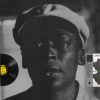
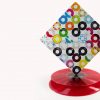


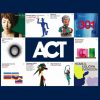
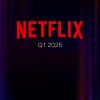












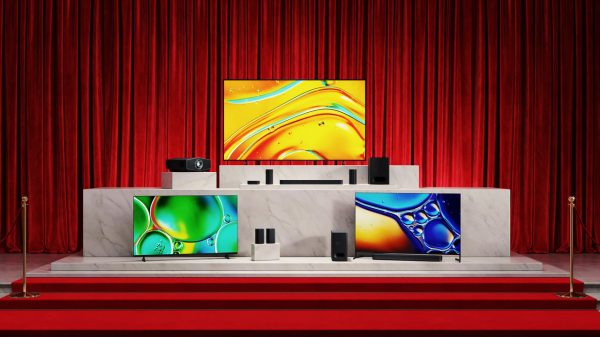
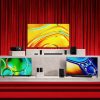

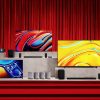
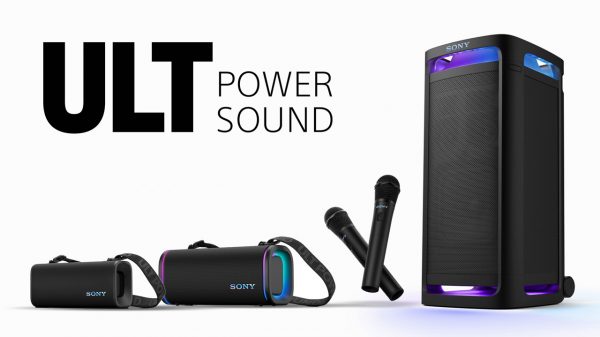
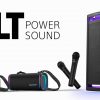
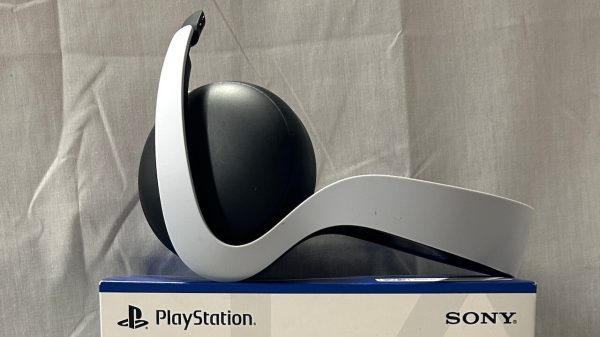
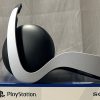
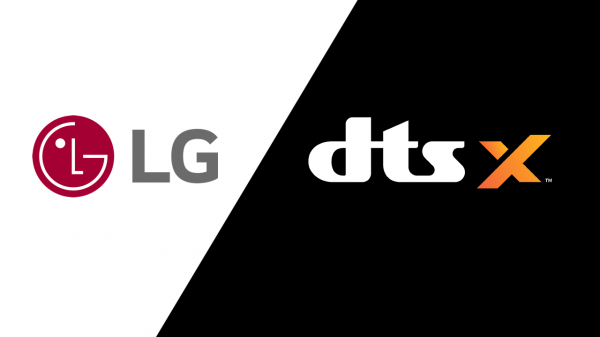
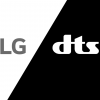


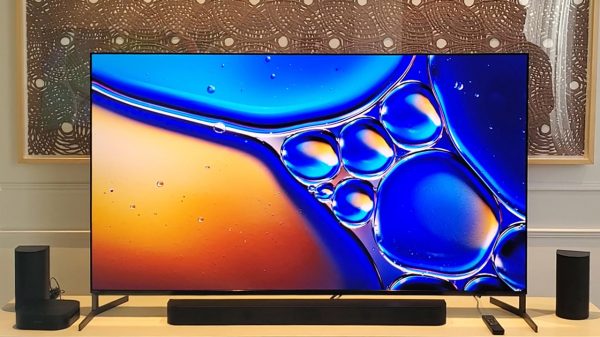












Robert Zohn
December 15, 2022 at 4:53 pm
Thank you for this very informative coverage of our UST and Long Throw Projector Shootout!
Anyone who has any questions about our event or if you are considering an UST or Long Throw projector let me know you found us on ecoustics.com.
Ian White
December 15, 2022 at 4:54 pm
Robert,
We greatly appreciate the opportunity to participate and look forward to upcoming events in 2023.
Best,
Ian White